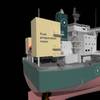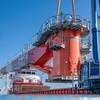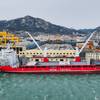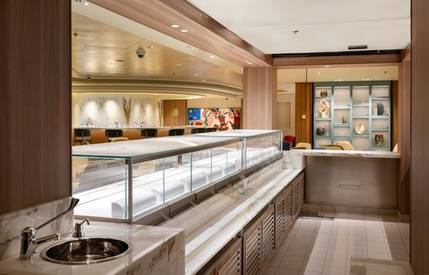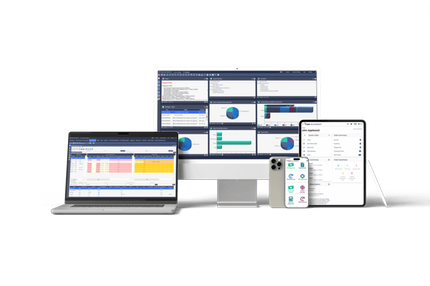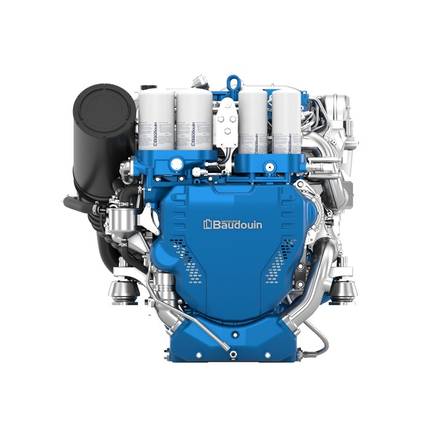HGK Shipping and Hydrogenious to Design Inland Waterway Vessel with Hydrogen Carrier Tech
Germany-based inland waterway shipping firm HGK Shipping has signed a memorandum of understanding with Hydrogenious LOHC Maritime and Hydrogenious LOHC Technologies to work on developing a scalable solution to make hydrogen available as a source of energy on a large scale.
The technology is based on hydrogen, which is bound in a liquid carrier (LOHC, liquid organic hydrogen carrier).
The partners are planning to develop a demonstration vessel by 2028 and then put it into service; it will be possible to propel the ship with a fuel cell, which is fed with energy from the hydrogen released from the LOHC.
The “HyBarge“ project is due to be initiated in 2024. The cooperation partners have already launched the concept phase.
"Green hydrogen is viewed as the key element to cover the urgent and vital task of decarbonising shipping. It is conceivable in a further stage that LOHC transport operations could be tested and promoted on inland waterways using the demonstration vessel, although this does not form part of the MoU. The demonstrator, therefore, has the potential to map the complete value-added chain, ranging from producing the LOHC to using the drive technology and transporting goods and even ensuring that potential customers can use the vessel," HGK said.
"Conventional solutions to store and transport hydrogen consume vast amounts of energy and are extremely risky procedures. The LOHC process at Hydrogenious involves using benzyl toluene – a thermal oil, which is hardly flammable and is non-explosive – and its risk potential is as low as that of diesel fuel. The carrier oil, which is loaded with hydrogen, can also be stored at ambient conditions as regards its pressure and temperature and also has a competitive storage density level," HGK said.
“We want to successfully introduce the maritime LOHC drive technology to the especially high safety requirements of inland waterway shipping within the HyBarge project. HGK Shipping will be the ideal partner in this respect. We’ll also use the expertise that we’ve gained during the last two years in developing LOHC powertrains for commissioning/service operation vessels,” says Øystein Skår, the General Manager of Hydrogenious LOHC Maritime.
Dr Daniel Teichmann, the Chairman of the Board of Directors at Hydrogenious LOHC Maritime and the CEO and founder of Hydrogenious LOHC Technologies, adds, “We’re stepping out in order to make significant progress in the energy transition in the transport sector together with HGK Shipping. Decarbonised mobility solutions and transport operations along the sensitive network of rivers in Europe can become reality using existing infrastructure, thanks to our safe LOHC technology.”
Steffen Bauer, the CEO of HGK Shipping, adds, “Introducing the demonstration vessel could be more than just a milestone in achieving climate-neutral inland waterway shipping – the same could be true for industry, which will depend on energy sources such as hydrogen to decarbonise its operations. Hydrogenious’ LOHC technology has enormous potential for use, particularly when compared to other hydrogen derivatives. However, what is more important is that it doesn’t need any special tank technology, with the result that this LOHC can be made available within the existing infrastructure both on land and on the water.”
In order to use the hydrogen bound in the LOHC as a fuel, the demonstration vessel must have special technology, which has to be installed on board, so that it is able to separate it from the carrier medium.
This takes place using the dehydrogenation unit, which Hydrogenious has developed. The hydrogen is then fed to the fuel cell. The “discharged” carrier material, benzyl toluene, can be temporarily absorbed to the hydrogen again in a chemical process at the stationary LOHC infrastructure (storage and release equipment) further downstream. This is possible several hundred times – and the substance can then be recycled too, HGK explained.




